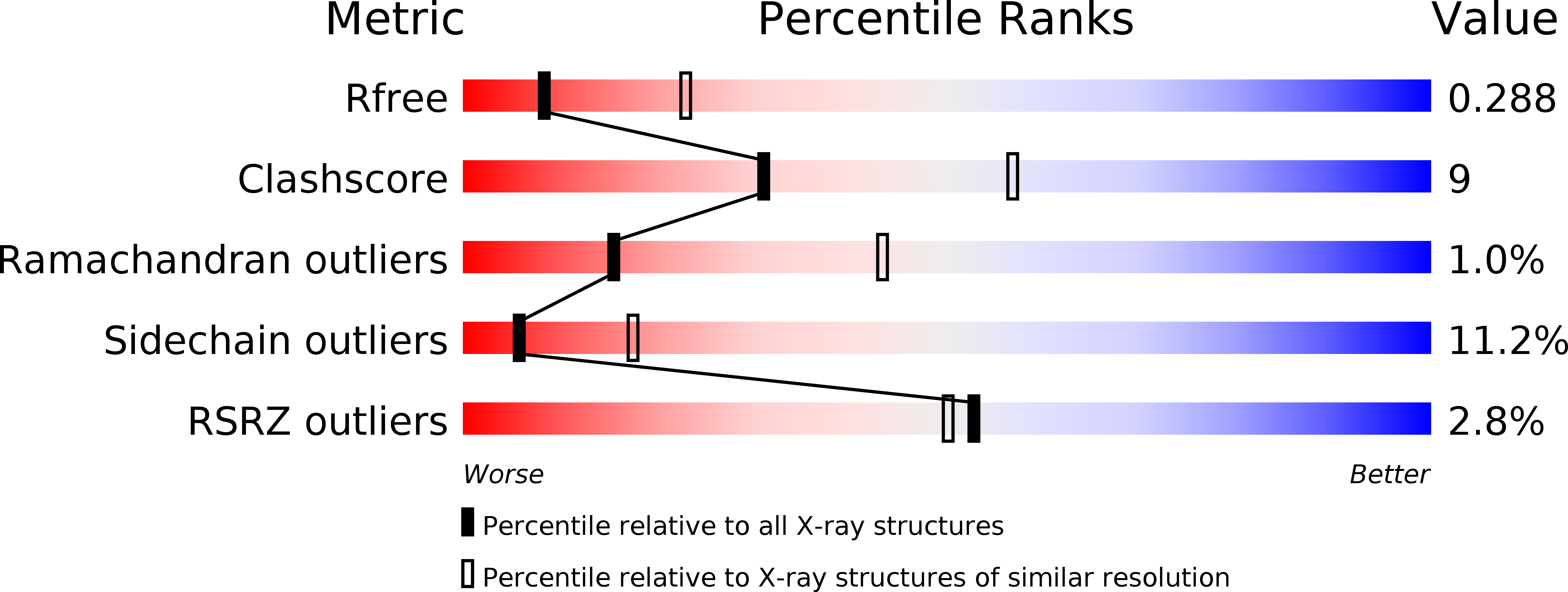
Deposition Date
2020-04-21
Release Date
2020-07-15
Last Version Date
2024-10-23
Entry Detail
PDB ID:
6WMW
Keywords:
Title:
GFRAL receptor bound with two antibody Fabs (3P10, 25M22)
Biological Source:
Source Organism:
Homo sapiens (Taxon ID: 9606)
Host Organism:
Method Details:
Experimental Method:
Resolution:
2.91 Å
R-Value Free:
0.28
R-Value Work:
0.22
R-Value Observed:
0.22
Space Group:
P 21 21 21


